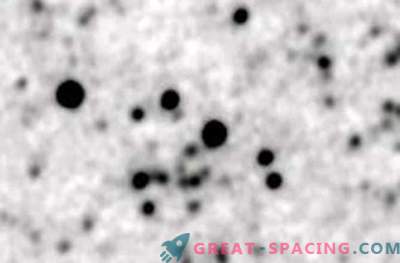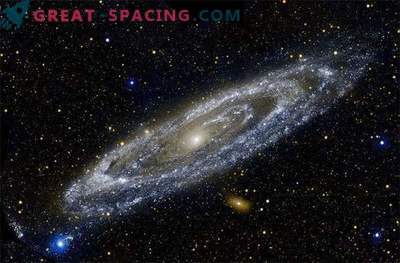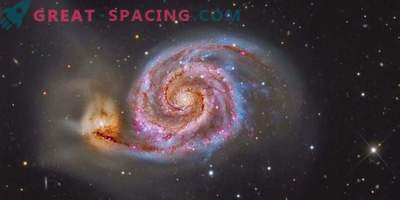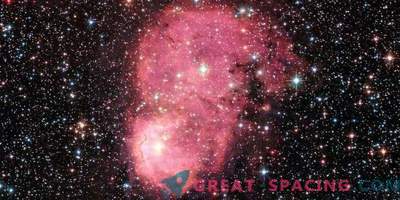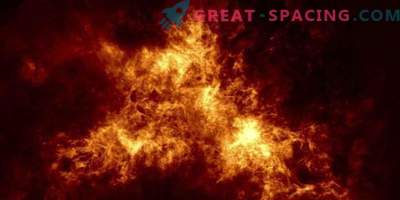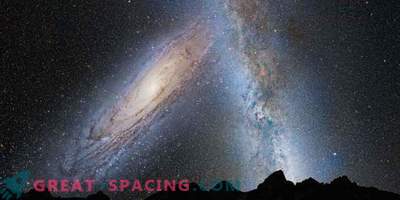
A huge galactic gas cloud is currently accelerating towards our galaxy at a speed of 700, 000 miles per hour. It is full of sulfur, more than 11,000 light-years long and 2500 light-years wide, contains as much mass as a million Suns ... and very likely met with the Milky Way when dinosaurs walked the Earth.
And this is the case when “Who ascended too much, it will hurt to fall” - a cloud goes along a ballistic trajectory after blowing out of our own galaxy 70 million years ago.
Since 1963, the Smith Cloud has been known, named after its discoverer, Gail P. Smith. It was first discovered at the Dwingeloo Radio Observatory in the Netherlands. Since then, it has been repeatedly observed in the radio band from the NRAO Green Bank Observatory in West Virginia and more recently from the Hubble Space Telescope, which determined that it actually contains heavy elements, such as sulfur (unlike some earlier analyzes). This, along with its arc trajectory, strongly indicates its origin from the star, from the enriched region along the outer edges of our galaxy.

“The cloud is an example of how the galaxy changes over time,” said Andrew Fox of the Space Telescope Science Institute in Baltimore, Maryland, the leader of the research team. "This suggests that the Milky Way is bubbling, is a very active place where gas can be ejected from one part of the disk, and then return back to another." The comet-shaped, Smith Cloud does not contain stars, and therefore is not visible in the optical wavelength range. But, if it were visible, it would cover an area in the night sky, as the constellation of Orion.
When a cloud hits a galaxy disk at high speed — in about 30 million years or so — it will be on another (albeit nearby) sleeve of the galaxy.
A collision is likely to ignite a starburst around the place of impact, possibly with so much matter and energy to create two million stars of solar masses.
"Our galaxy processes its gas through the clouds, Smith's cloud is one of their examples, and will form stars in other places," said Fox. "Hubble measurements on Smith's Cloud help us to imagine how active the galactic disks are."
What actually caused the emission of a cloud is not yet known. One of the intriguing proposals is that this is an area of dark matter that collided with the Milky Way and somehow captured a lump of gas in its path.
"There are theoretical calculations that suggest that a satellite of our galaxy as dark matter can capture gas when it passes through the disk of the Milky Way and this can be an amazing circumstance that we are observing," said study co-author and cloud fan Smith National Radio Astronomy Observatory (NRAO).

